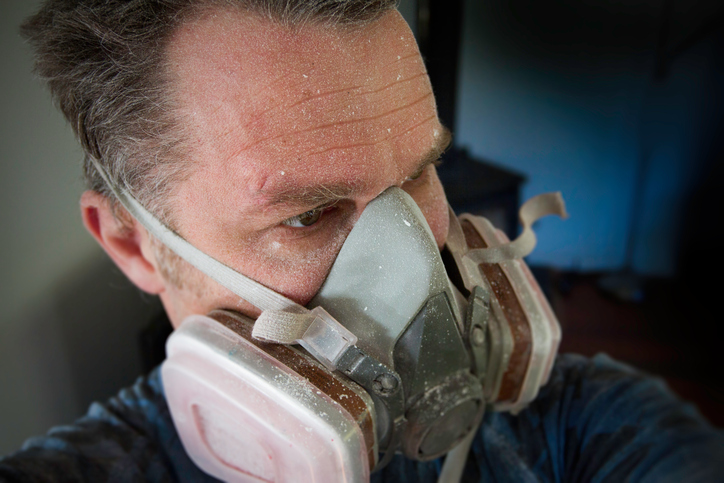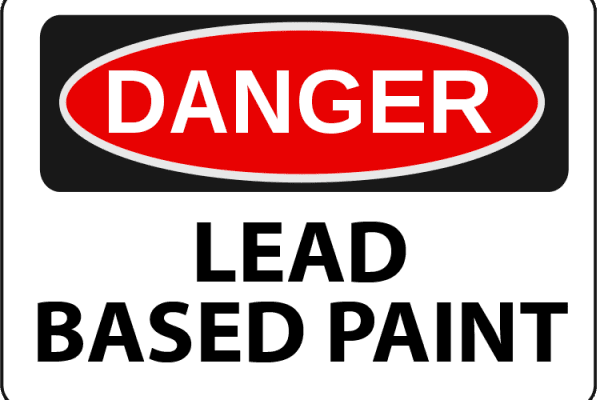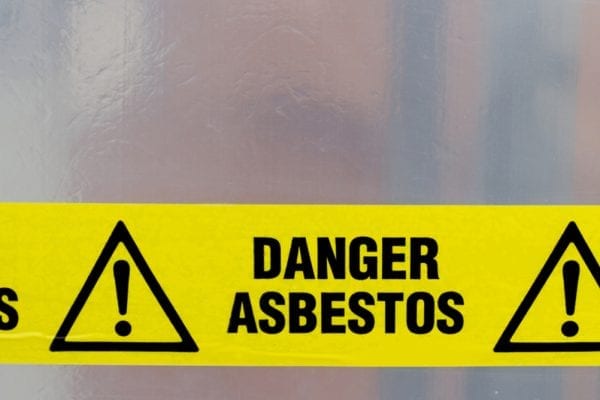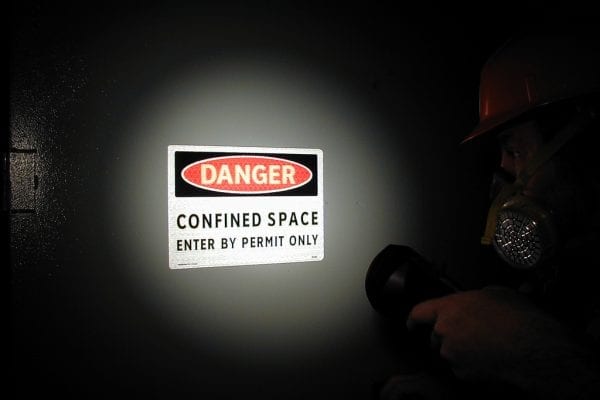Every year, proper respiratory protection prevents hundreds of lung-related deaths and thousands of lung-related illnesses, including cancer, asthma, COPD, and many others. About 5 million U.S. workers in 1.3 million workplaces are required to wear respirators on the job, to protect them from insufficient oxygen, harmful dusts, fogs, smokes, mists, vapors, and sprays, as well as infectious matter.
Yet many workers continue to go unprotected. According to OSHA, violation of the Respiratory Protection Standard (29 CFR 1910.134) is one of its top 10 most frequently cited standards during workplace inspections.
Here’s what you need to know to ensure your workers are protected and that your workplace complies with the standard.
Before Respirators
It’s important to note that while respirators are an important tool for protecting workers’ lungs, Personal Protective Equipment (PPE), such as respirators, should always be viewed as a last line of defense.
Effective worker safety starts with assessing workplace hazards and eliminating as many as possible. This includes assessing where workers may be exposed to hazardous fumes, sprays, vapors, infectious material, and other sources of hazardous air quality and, where possible, eliminating the source of air contamination and/or instituting engineering control measures to mitigate the hazard.
When these hazards cannot be eliminated or fully mitigated, then it may be necessary to equip and train your people with appropriate respiratory protection.
What OSHA Says About Lung Protection
OSHA Standard 29 CFR 1910.134 requires that “a respirator shall be provided to each employee when such equipment is necessary to protect the health of such employee.” It also requires that employers:
- Provide a respirator that is suitable for the purpose intended, well-fitting, and well-maintained.
- Establish and maintain a written respiratory protection program.
- Update the respiratory protection program as necessary.
- Ensure the program covers every employee required to use a respirator.
- Train all affected employees in the proper wearing and use of the respiratory protection.
Choosing the Right Respirator
The correct respiratory protection for the job depends on a number of factors, and it’s critical to get it right. Protective equipment ranges from simple dust masks to full-face vapor and particulate masks with positive-pressure supplied air. At the extreme end, self-contained breathing apparatus (SCBA) gear may be required.
There are two main types of respirators:
- Air-purifying respirators, which use filters, cartridges, or canisters to remove contaminants from the air you breathe
- Atmosphere-supplying respirators, which provide you with clean air from an uncontaminated source
Respirators can also be classified as tight-fitting or loose-fitting.
- Tight-fitting respirators need a tight seal between the respirator and the face and/or neck of the respirator user in order to work properly. If the respirator seal leaks, contaminated air will be pulled into the facepiece and can be breathed in. If you are required to use a tight-fitting respirator at work, you must be fit tested with the respirator selected for your use. Fit testing is done to be sure that the respirator facepiece fits your face. You must be fit tested before you use your respirator for the first time. You must also be re-tested at least every 12 months to be sure that your respirator continues to fit your face.
- Loose-fitting respirators do not depend on a tight seal with the face to provide protection. Therefore, they do not need to be fit tested.
It’s important that respiratory protection is selected by a person knowledgeable both in OSHA standards and in industrial hygiene. In addition, once you choose to utilize respiratory protection, you will be required to receive a healthcare provider or physician approval for that employee to utilize respiratory protection. An on-staff safety officer may have the necessary qualifications, or you may choose to bring in a certified industrial hygienist to establish an appropriate program for your workplace.
Common Lung Protection Mistakes
Proper respiratory protection could prevent millions of dollars in worker’s compensation and lost wages every year, not to mention the pain and suffering of injured workers. Yet simply hanging respirators in the work area is not enough. Here are some common mistakes you may be making.
- Respiratory Protection use is not enforced. Often, workers choose to ignore or neglect their respiratory protection because it’s more convenient or more comfortable to go without. Employers must reinforce their use by properly training employees and their managers, and applying appropriate incentives and consequences for respiratory protection compliance and noncompliance.
- Respiratory Protection is ill-fitting. Today’s workers come in all sizes and shapes. Masks that don’t form a proper seal and respiratory protection that is tight or uncomfortable can lead to accidents. Employees may avoid using ill-fitting respiratory protection, or the poor fit may lead to accidents by impairing the employee’s ability to work effectively. Check that every employee is equipped with respiratory protection that fits the shape and size of their face and that they can access the properly fitting respiratory protection at all times.
- It’s the wrong Respiratory Protection. Ensure that each workstation and employee is provided with the proper respiratory protection for the job and that workers are educated in which respirator to use under each circumstance.
- Respiratory Protection is damaged or has outlived its useful life. Mask seals that are no longer pliable, filters that are past their change date, faceplates with worn-out lens coatings or too many scratches to see out of, maybe as useless as no respiratory protection at all. Institute a program to maintain respiratory equipment on a routine schedule, and to review all respiratory protection periodically for wear, tear, and age as compared to Expected Useful Life. Replace items as appropriate.
The employer is responsible for selecting appropriate respirators to protect employees from airborne hazards. To ensure that the correct respirator is selected, employers must consider a number of factors. Protecting workers’ lungs requires knowledge, planning, and investment. Attention to these matters should be included in periodic safety and industrial hygiene reviews. A good industrial hygiene assessment will identify measures to take to reduce worker exposure to hazards, as well as recommend the right respiratory protection and training for your specific work environments.
Contact us today to schedule your next safety and industrial hygiene assessment with GLE.






